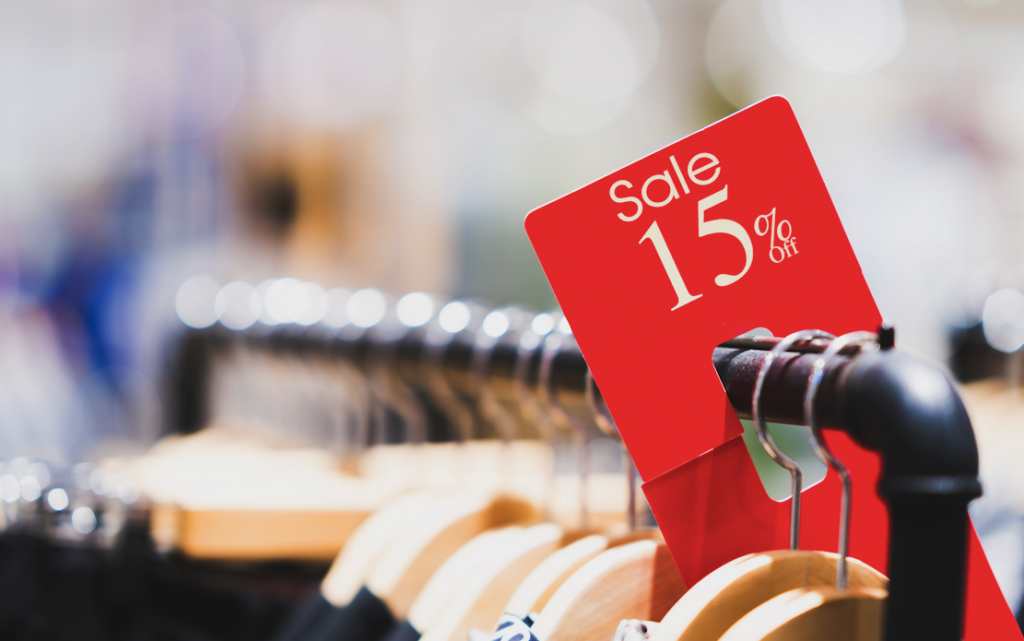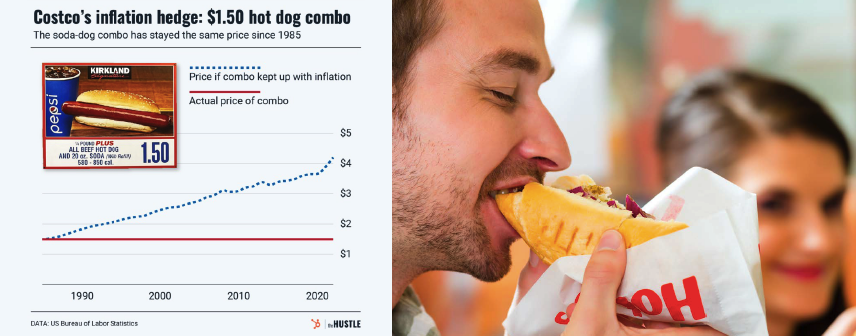Affordability needs to be a retail practice, not a campaign
Bombarded with higher costs in every line of their budget, every consumer is now an ‘inflation manager’. No mistake – inflation is here for a while: according to the IMF, global inflation will rise 8.8% in 2022, and at least 6% more in 2023. And without compensation keeping up, inflation and rising interest rates have made consumer confidence very shaky.
These are uncertain times for retailers, but they can find some resilience if they treat inflation as a long-term, multi-year issue to manage, not just a passing phase. This means finding ways to not only optimize profit when supply costs get higher, but also to do their part in helping customers stretch their household dollars like never before.
Here are 5 areas where retailers can build some inflation-fighting power:
1. Make It the Mission
If it isn’t already, inflation management needs to become a core mission. Every employee, not only buyers, need to make it a number #1 priority in their working day:
- Set up dedicated resources: an ‘inflation task force’ that works with the whole team. The task force’s job is to scan the marketplace for cost-cutting ideas such as new suppliers or logistics, find solutions and support others to implement them. Benchmark progress and share wins.
- Plan to revise category mixes far more often, especially price-sensitive items. Manage for nimbleness: new suppliers and changing prices means more frequent in-store and online changes. Schedule work and staffing accordingly to make them.

2. Manage The Margin
As supplies and goods for resale all go up in price, retailers need great strategies for managing the margin mix. Passing on every price increase to consumers won’t be a competitive strategy and can mean lost sales. Making smart category decisions will matter a lot:
- Instead of implementing broad price increases, choose carefully – category by category. Retailers that take a surgical approach are more likely to emerge with decent profitability – and consumer trust intact.
- Lower priced private label or white label brands should take centre stage – brand loyalty is a lower priority now.
- Review category promotional plans so that lower-priced items appear front and centre and far more often.

3. Know (and be Transparent) about Price Reality
As inflation has become chronic, consumers are noticing which retailers are responding to this crisis – and which ones are not. Publicly traded companies reporting quarterly results can get into problematic PR territory if the profit goes higher during inflationary times. Consumers really do expect retailers to bear their share of the pain. Some ways retailers can communicate how they care:
- Publish policies for reviewing and executing supplier price increases such as quantity, timing, and reasons why, such as links to commodity pricing or crop availability.
- Be as visible as possible about the supply chain. Tell customers when and why prices rise due to supply chain issues or scarcity.
- Let customers know the work going on to stop the increases from coming to them. What new less costly products and suppliers have been introduced? Have logistics improved? How many new lower prices have been executed this week?
4. Rethink Promotions
For retailers running the same promotional playbook for years, it may be time to throw it out. Consumers will be looking for savings all the time and there will be few occasions where price isn’t the main decision factor in a purchase. Don’t count on traditional items or offers to lead seasonal sales. Some seasonal items or special-occasion buys may feel completely unaffordable for some consumers now:
- For holiday sales, consider what lower-priced, similar items can be worked into the mix and featured or displayed prominently.
- Consumers will be looking for 52-week affordability. Price promotion tactics that felt right for January or end-of-season sales need to show up more often.
- Create more frequency and variety in promotional tool kits: use flash sales, weekend sales, one-day sales.

5. Create Price Heroes
To make consumers believe a retail offer is affordable, there needs to be ample evidence. Visible price leaders in important categories with high-demand, high-consumption items are convincing, especially in categories where competitors aren’t offering significant discounts.
The Costco hotdog and soda offer is a great example of this. This combo has been the same price since 1985. This offer, available at the end of every shopping trip, speaks volumes about how Costco will hold the line for their customers.
An obvious great deal to consumers – a loss leader for retailers – goes a long way to communicate how great a stake a retailer has in the inflation-fighting battle.